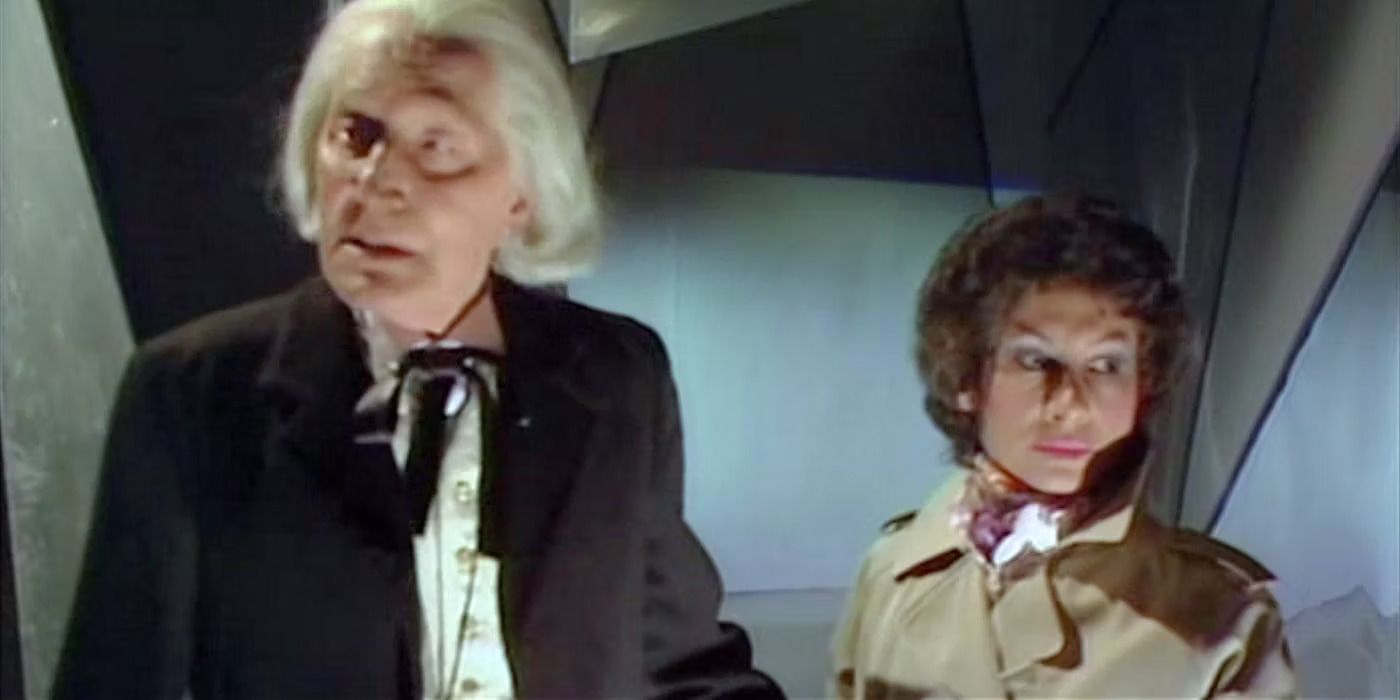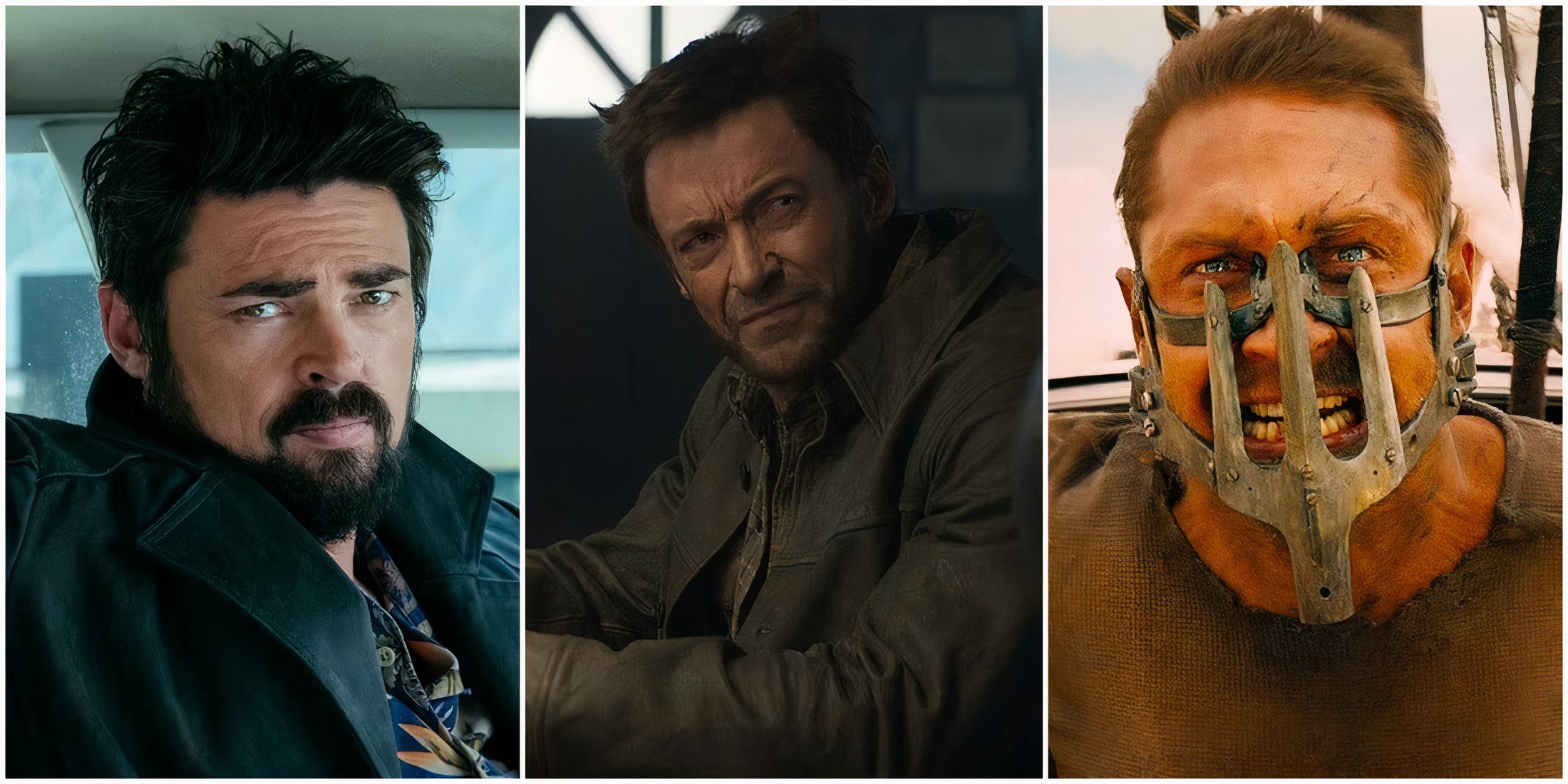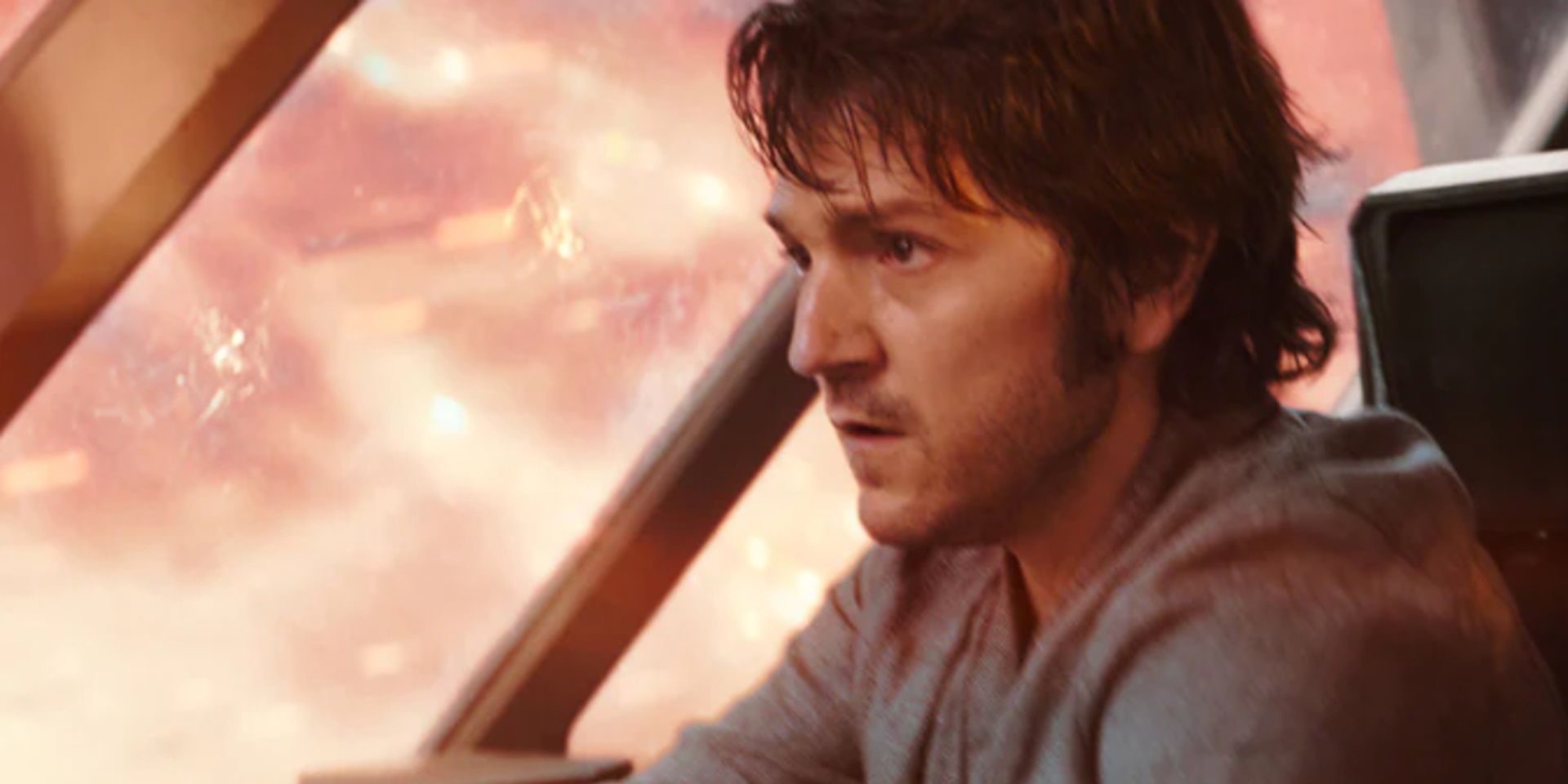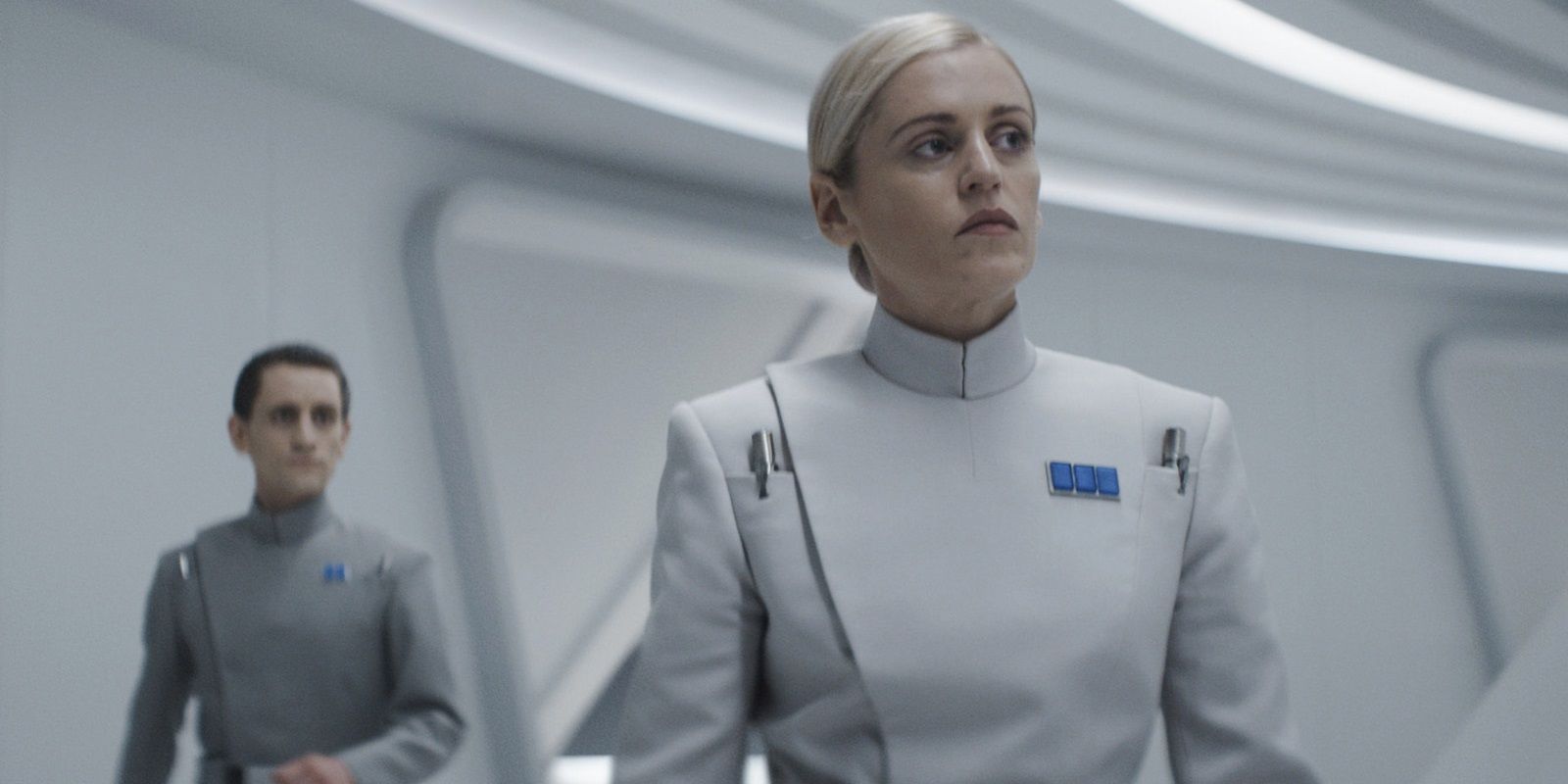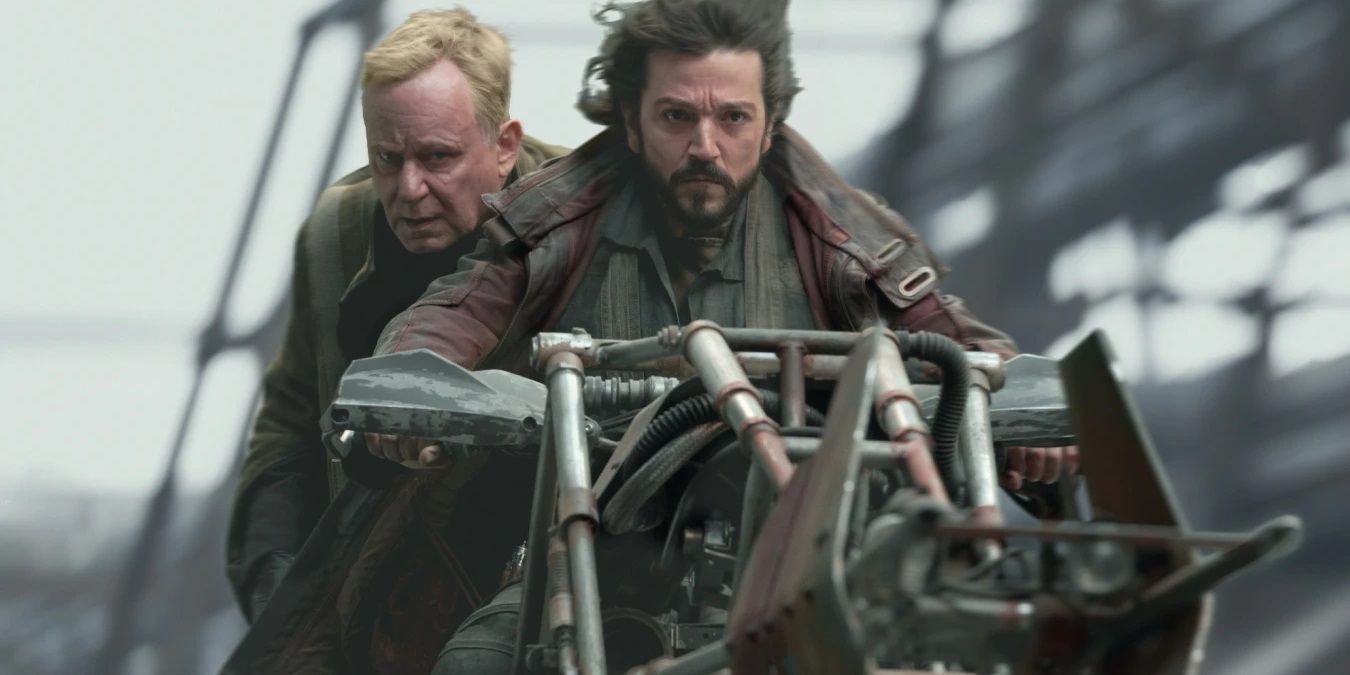It’s become sort of a knee-jerk reaction for Star Wars fans to reject anything Disney puts out. Ever since the unmitigated disaster of the sequel trilogy, the franchise’s fan base has had little faith in Lucasfilm’s new management. But the latest streaming series set in a galaxy far, far away – Andor, releasing new episodes every Wednesday on Disney+ – is a different kind of beast. It’s not derivative of previous Star Wars stories, it’s not jam-packed with legacy characters, and it’s engaging its audience with nuanced storytelling and richly drawn characters, not cheap thrills and fan service.
Creator, showrunner, and head writer Tony Gilroy is making full use of the broad canvas left behind by George Lucas. Instead of going back to familiar locations like Tatooine with familiar characters like Luke and Obi-Wan, Gilroy is exploring unseen corners of the galaxy with brand-new characters extrapolating untold stories from the Rebellion’s struggle against the Empire. In previous Star Wars projects, the Rebels’ fight has been depicted through the eyes of the top brass. Andor views the conflict from the fresh perspective of low-level spies doing the alliance’s dirty work.
Widely praised by fans and critics alike, Andor is nothing like Disney’s other Star Wars shows – and there’s a lot that future projects can learn from it. It’s not an action-packed space adventure for kids; it’s a somber political drama for grown-ups, exploring the tug-o’-war between oppressive fascists and courageous revolutionaries. Andor draws not from westerns and samurai movies, but from the annals of history. Gilroy is taking influence from every historical account of rebels overthrowing a dictatorship in his morally gray tale of one man’s battle against Imperial persecution.
By focusing on a character who hasn’t been adored for decades, Andor avoided having a target on its back like The Book of Boba Fett and Obi-Wan Kenobi did. Andor had far less pressure to live up to fans’ expectations than those previous legacy-centric shows, because it doesn’t deal with any already-beloved icons, but it did need to give viewers a reason to tune in. The Book of Boba Fett had to justify putting a character who works best as a softly spoken side villain in the spotlight. Obi-Wan Kenobi had to justify altering the established Star Wars canon for another rematch between Obi-Wan and Darth Vader. Andor just had to justify its existence by making Cassian an interesting antihero and telling a story that was captivating enough to keep viewers coming back each week.
Unlike The Book of Boba Fett and Obi-Wan Kenobi, Andor has had to put in the work to make audiences care about its title character. Instead of relying on fan service, Andor has won over Star Wars fans with its storytelling alone. Scenes like Boba riding a rancor into battle or Vader wiping the floor with Obi-Wan provided plenty of surface-level entertainment, but they ultimately felt more like the filmmakers were playing with Star Wars action figures than crafting a narrative with a point. Andor viewers have been engrossed by Cassian’s search for his missing sister and his struggle to clear his name after a self-defensive double homicide.
Another key aspect that sets Andor apart from the rest of Star Wars’ streaming content is its aesthetic. The Mandalorian, The Book of Boba Fett, and Obi-Wan Kenobi were all shot using Lucasfilm’s fancy new StageCraft technology. Using “The Volume” has allowed these shows to shoot VFX-heavy scenes set all across the galaxy within the same afternoon. It makes sense to use The Volume for environments that can’t be created practically, like the lava banks of Mustafar, but Lucasfilm has begun using StageCraft as a time-saving crutch to create any environment. The Tatooine scenes in Obi-Wan Kenobi would feel a lot more immersive if Ewan McGregor and the crew actually went out into a real desert – it didn’t even have to be Tunisia; California would do – but instead, they went into The Volume and surrounded McGregor with a pixelated approximation of a desert. The visuals are lifeless, the camerawork is seriously limited, and worst of all, a galaxy far, far away isn’t a tangible place that audiences can escape to.
The shows that use The Volume tech always end up looking like they were shot on small soundstages surrounded by TV screens projecting bland-looking CGI – because they were. Andor, on the other hand, uses the same old-school filming techniques that made Lucas’ original trilogy feel so real. Rather than resort to The Volume at every opportunity, Andor was shot mostly on real sets and real filming locations. Anything that could be achieved with practical effects is achieved with practical effects. Once again, the Star Wars universe feels like a real place.
With upcoming projects like Skeleton Crew and The Acolyte, Lucasfilm seems to be moving away from reopening the arcs of fan-favorite icons and charging ahead with original stories populated by fresh-faced characters like B2EMO, Luthen Rael, and Deputy Inspector Syril Karn. If, like Andor, these shows focus on developing their characters and storylines as opposed to cramming in cameos and Easter eggs, then the future of Star Wars is brighter than fans thought.

